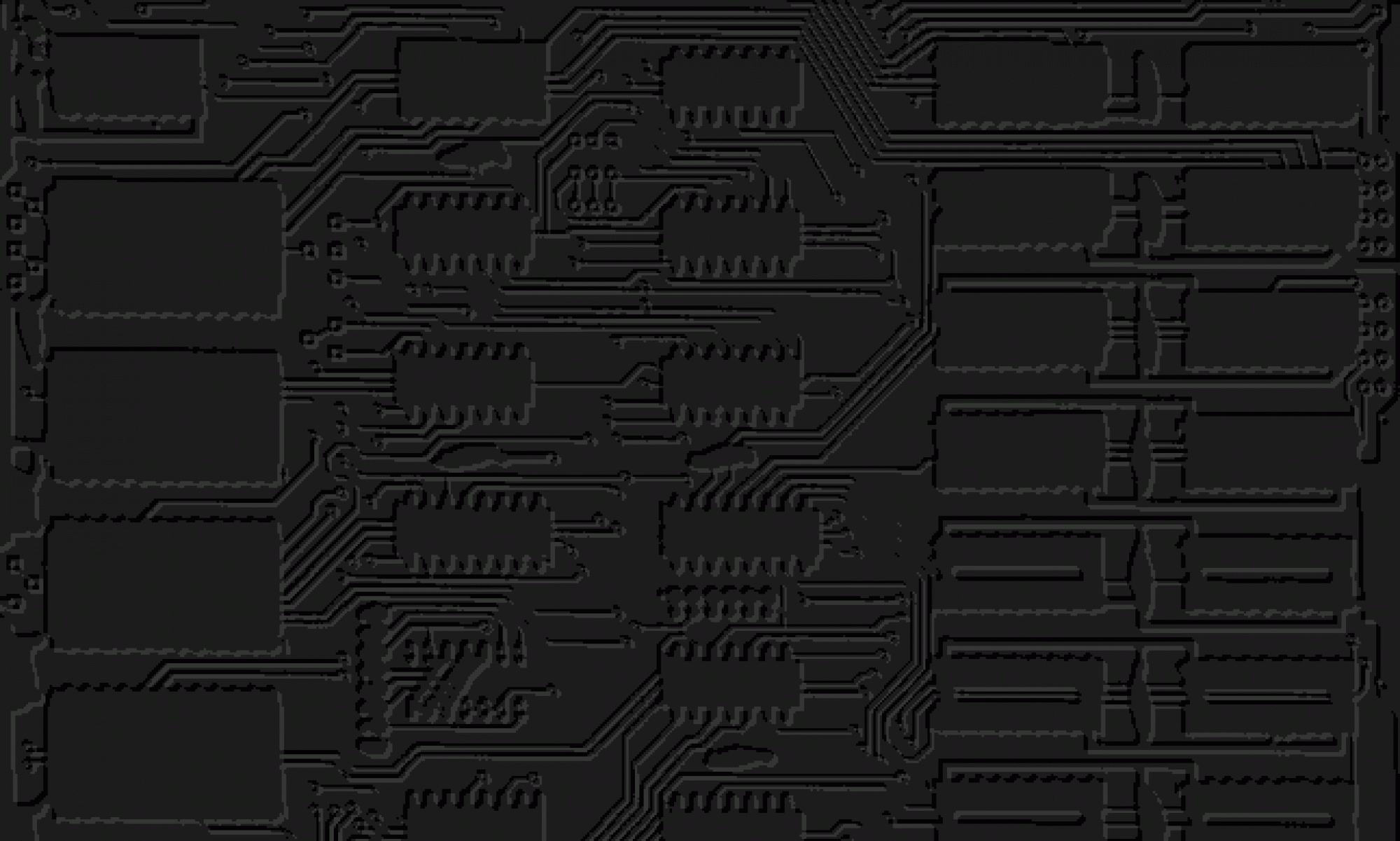
Google’s VP of Engineering (Venkat Panchapakesan) has published one of the most outrageous policy statements I’ve seen in a long time – not in a press release, but in a blog post.
He’s saying that Google will discontinue support for all browsers that aren’t “modern” from the end of July, with the excuse that is developers need HTML5 before they can improve their offerings to meet current requirements. “Modern” means less than three versions old, which currently refers to anything prior to IE8 (now that IE 10 is available on beta) and Firefox 3.5. This is interesting – Firefox 4 has just been released, I’m beta testing Firefox 5 with Firefox 7 talked about by the end of 2011. This will obsolete last month’s release of Firefox 4 in just six months. Or does he mean something different by version number? Anyone who knows anything about software engineering will tell you that major differences can occur with minor version number changes too so it’s impossible to interpret what he means in a technical sense.
I doubt Google would be stupid enough to “upgrade” it’s search page. This will affect Google Apps and Gmail.
The fact is that about 20% of the world is using either IE 6 or a similar vintage browser. Microsoft and Mozilla have a policy of encouraging people to “upgrade” and are supportive of Google. Microsoft has commercial reasons for doing this; Mozilla’s motives are less clear – perhaps they just like to feel their latest creations are being appreciated somewhere.
What these technological evangelists completely fail to realise is that not everyone in the world wishes to use the “latest” bloated version of their software. Who wants their computer slowed down to a crawl using a browser that consumes four times as much RAM as the previous version? Not everyone’s laptop has the 2Gb of RAM needed to run the “modern” versions at a reasonable speed.
It’s completely disingenuous to talk about users “upgrading” – it can easily make older computers unusable. The software upgrade may be “free” but the hardware needed to run it could cost dear.
It’ll come as no surprise to learn that the third world has the highest usage of older browser versions; they’re using older hardware. And they’re using older versions of Windows (without strict license enforcement). There’s money to be made by forcing the pace of change, but it is right to make anything older than two years old obsolete?
But does Google have a point about HTML5? Well the “web developers” who’s blog comments they’ve allowed through uncensored seem to think so. But web developers are often just lusers with pretensions, fresh out of a lightweight college and dazzled by the latest cool gimmick. Let’s assume Google is a bit more savvie than that. So what’s their game? Advertising. Never forget it. Newer web technologies are driven by a desire to push adverts – Flash animations and HTML5 – everything. Standard HTML is fine for publishing standard information.
I’ll take a lot of convincing that Google’s decision isn’t to do with generating more advertising revenue at the expense of the less well-off Internet users across the globe. Corporate evil? It looks like it from here.


